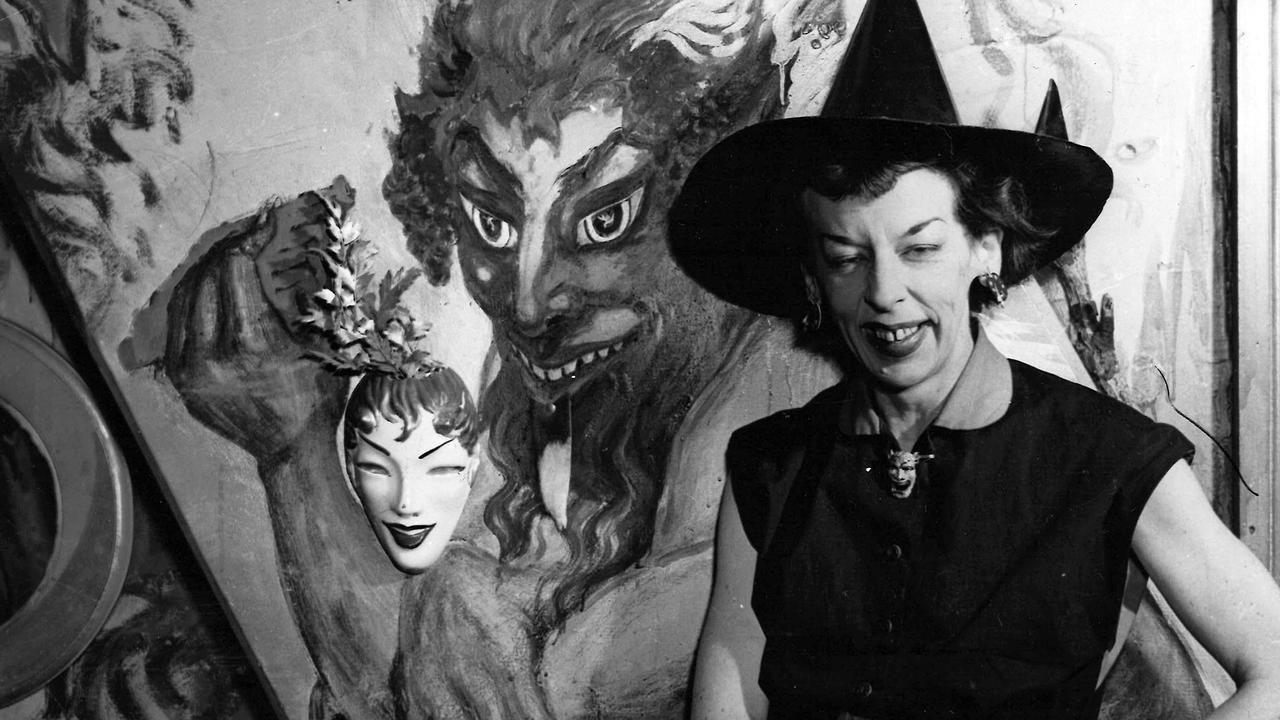The tragic love story of Australia’s first female motor ace
Joan Richmond was a pioneering racing driver at the pinnacle of her sport, until a shocking tragedy stole her love and tore her life apart.

In Black and White
Don't miss out on the headlines from In Black and White. Followed categories will be added to My News.
When a young jockey named Joan Richmond was banned from racing horses in Melbourne, she turned to racing cars instead.
The move paid off – in 1931 she became the first woman to race in the Australian Grand Prix, kicking off a successful career in Europe.
But eventually her career was interrupted by a shocking tragedy, for which she always blamed herself.
Richmond is the subject of a new episode of the free In Black and White podcast on Australia’s forgotten characters:
Her story is told in a new book called Formula One, by motor racing writer John Smailes.
A member of a wealthy family of pioneer wool growers, Joan was taught to drive as a young girl by her family’s chauffeur.
She celebrated her 26th birthday while racing in the 1931 GP at Phillip Island, in which only six out of 19 starters finished.
Smailes says Richmond came fifth, and performed “extraordinarily well”.
“Her average speed was faster than the winning speed of the first Grand Prix in 1928, so she was right on the pace in that small Riley that she drove,” he says.
“She upset the establishment to a degree, who hadn’t expected that of her.”

Unlike today’s GPs, the 1931 race was a rough and ready event at a time when Phillip Island was not even yet accessible by motor car.
“The race cars were ferried over, and they competed on a dusty unmade road surface, 10km around, which was oiled down by used oil which had been granted to the organisers by the oil companies,” Smailes says.
“It was hell on wheels. Just to compete and to absolutely finish at an average speed of 84km/h was quite an extraordinary feat on Joan’s behalf.
“Keep in mind there were no seatbelts in those days, but there were things called kidney belts, and you wore those simply to guard your insides from the pummelling you received as the cars belted over the corrugated roads of the race tracks.”
After the GP, Richmond drove overland with only short sea crossings to Europe, where she competed in major motor racing events over the next few years.
Richmond met Bill Bilney, a London stockbroker, and convinced him to race with her.
In 1937, the couple were co-drivers in the Donington 12-hour race.
“They discussed how they’d do it, and because Joan had the greater experience she’d start, and Bill would take the middle stint and Joan would finish the event,” Smailes says.
“The night before the event, Bill proposed marriage to Joan, and she accepted, and only the very closest of friends knew.
“You can imagine the delight, 32-year-old Joan Richmond, marrying Bill Bilney, and they’re about to go motor racing the next day in the Donington 12-hour, and everyone’s on a high.
“Joan goes out and she races … Bill goes out, crashes, and is killed. Can you just imagine what that did to Joan?”
Richmond immediately left the race circuit, hopped in a motor car and drove all the way to the family estate in Scotland, where she hunkered down for months.
“She didn’t go to his funeral, didn’t see anyone, and she was shattered,” Smailes says.
“She never raced at major level again.”
Richmond always blamed herself for her fiance’s death, because she convinced him to race.
She died in Melbourne, aged 94, in 1999.
Listen to the interview about Joan Richmond with John Smailes in the In Black and White podcast on Apple Podcasts, Spotify or web.
See In Black & White in the Herald Sun newspaper Monday to Friday for more stories and photos from Victoria’s past.




